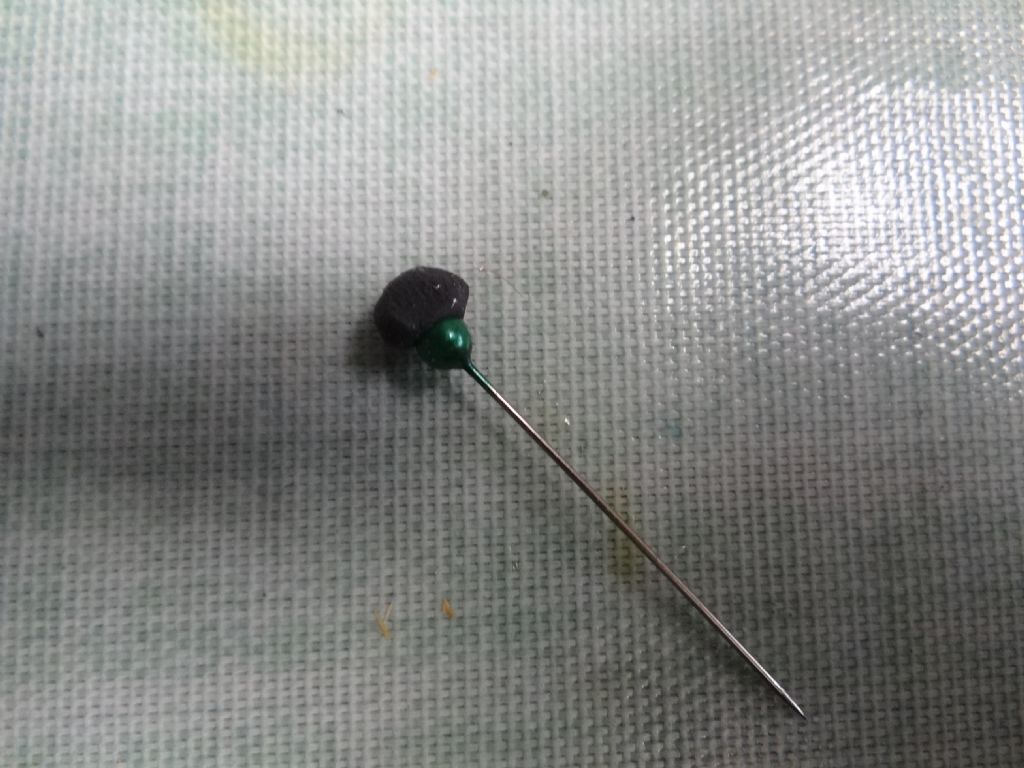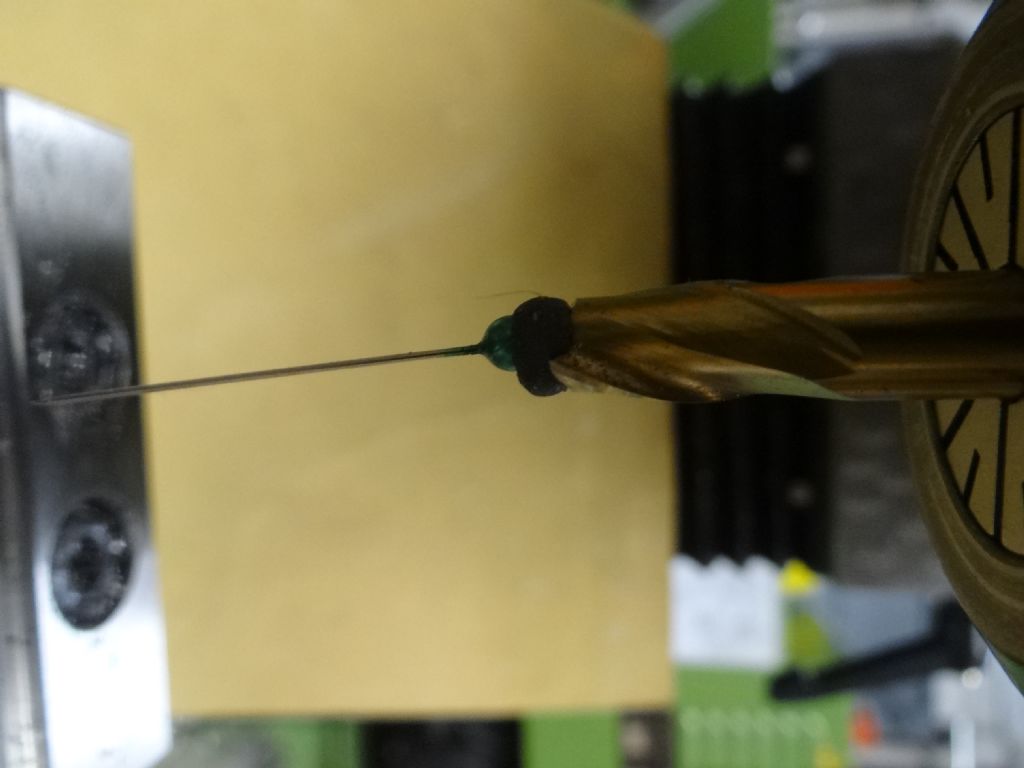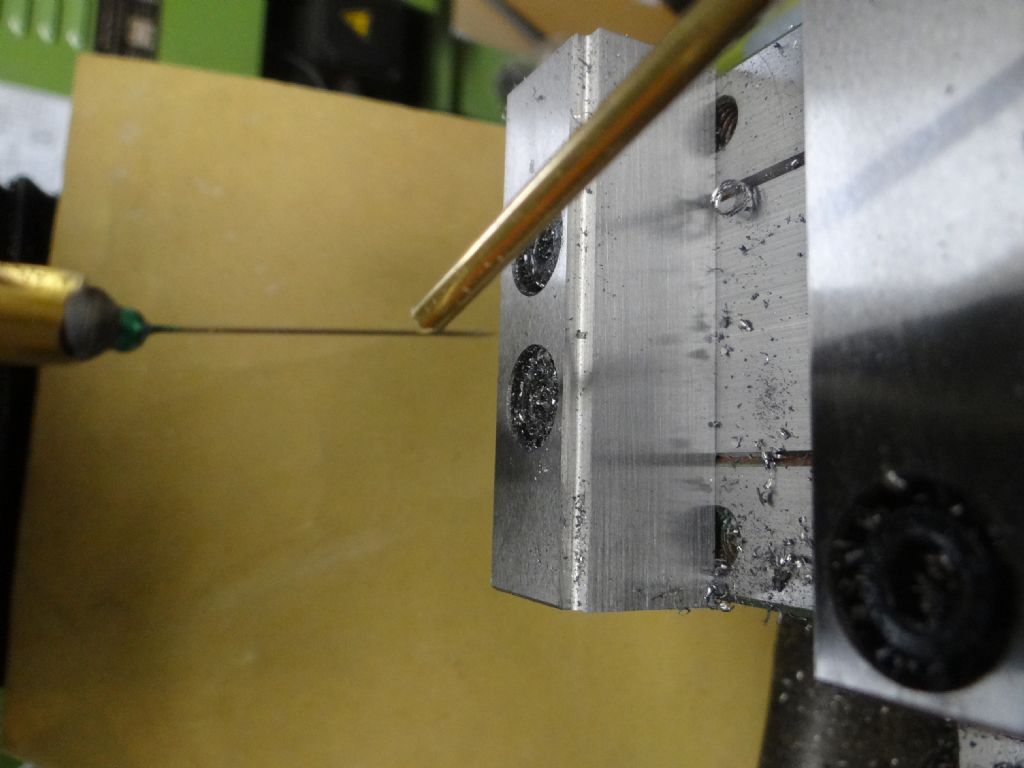Accurate hole location
Accurate hole location
- This topic has 34 replies, 16 voices, and was last updated 15 March 2017 at 16:54 by
SillyOldDuffer.
- Please log in to reply to this topic. Registering is free and easy using the links on the menu at the top of this page.
Latest Replies
Viewing 25 topics - 1 through 25 (of 25 total)
-
- Topic
- Voices
- Last Post
Viewing 25 topics - 1 through 25 (of 25 total)
Latest Issue
Newsletter Sign-up
Latest Replies
- taper pins
- Measuring increments on boring head
- Myford Super 7 restoration problem.
- Half Scale 1/4HP A J Weed Engine
- Autodesk Fusion Discount
- DIY Pendulum Timer – GPS-Synced Beat Analyser
- Steam pressure using thermistor
- Damp proofing concrete floors
- Contact Details for the family of Alan Barnes
- Myford saddle lock issue








